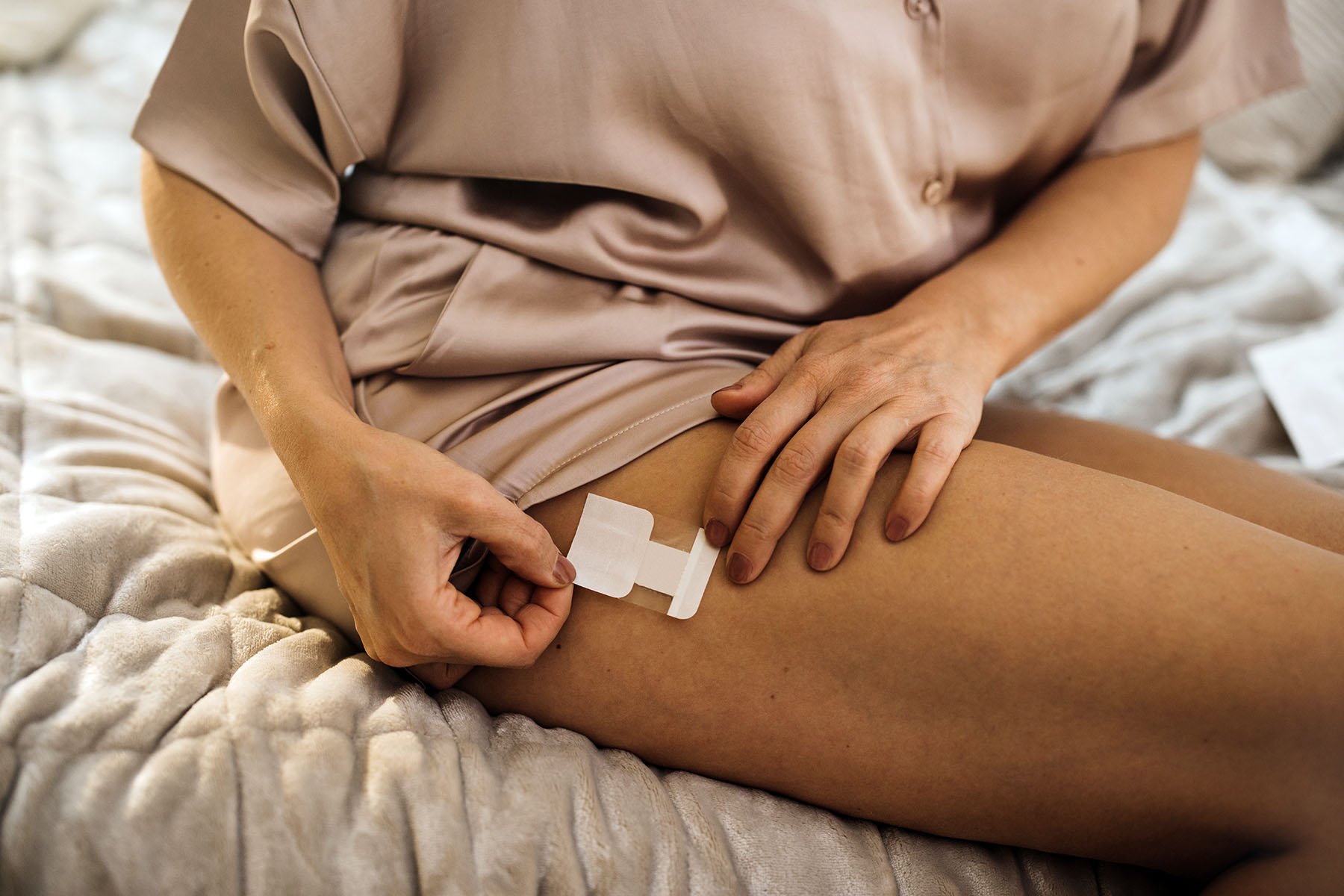Influencers are breathlessly declaring that estrogen during perimenopause has been proved to dramatically reduce the risk of breast cancer.
But, of course, the reality is more complex. Here’s what we actually know.
A new retrospective study looked at more than 120 million patient records and the impact of estrogen therapy when started during perimenopause — or the roughly 10-year period before the final menstrual period — compared with that of estrogen therapy after menopause and no estrogen therapy.
The study found that perimenopausal people who had used estrogen for at least 10 years prior to menopause had an approximately 60 percent decreased risk of developing breast cancer, heart attack and stroke compared with the two other groups.
Dr. Rachel Pope spearheaded the study; she is a Menopause Society-certified practitioner, the chief of female sexual medicine at the Urology Institute at the Cleveland Medical Center and an associate professor of obstetrics and gynecology at Case Western University. For her, the study was a way to start to fill in gaps in knowledge about hormone therapy in perimenopause.
Pope and her student Ify Chidi, the study’s lead author, looked at diagnostic codes, procedure codes and prescription data taken from a huge medical records database.
Their findings are “very preliminary results,” Pope said — but do show slightly lower risks of breast cancer, heart attack and stroke for people beginning hormone therapy in perimenopause.
There are still a lot of unknowns, though, with limitations based on potential errors in the database and the fact that patients in perimenopause are younger to start with.
“I can assume that it’s even safer to give hormone therapy to these women than it even is for the first 10 years after menopause, because they’re usually younger and healthier. But we still don’t really know the long-term effects of risk of heart attack, stroke or cancers, especially breast cancer, which everybody is worried about with estrogen,” Pope said. “So my thought was let’s use some retrospective data, some sort of historical data, and find women who started on hormones during this perimenopausal time, so within 10 years of going through menopause, and see what their outcomes were.”
But studying 20 years of records for someone starting at age 45 is likely going to show different health outcomes than looking at patients starting at age 55.
“The conclusion is, ‘OK — we see that there is maybe a little bit less of the rates associated with women who started hormones during perimenopause compared to menopause. However, this could be explained by the fact that these women are younger and we’re not following them through this same portion of their lives,” Pope said.
Pope also emphasized the limitations of her research, namely that because it pulls from electronic medical records, it only includes those who have been identified by their provider as biologically female. It also does not include any socioeconomic information.
“We can’t draw the conclusion from our results that starting estrogen during perimenopause is safer,” Pope said. “We have to look at the actual data. … Drawing conclusions from data when it’s premature or making sort of overstated conclusions from data can also be harmful. As a scientist, I want nothing but to figure out what’s the best way to be able to counsel my patients and the best way to help women navigate this difficult time and not confuse them.”
Pope said she understands why so many people were excited to see the news — especially fellow providers who felt like this confirmed what they have seen among their own patients. But, she said, she wants to make sure people understand that the study doesn’t prove that estrogen is protective.
The study comes as the Food and Drug Administration (FDA) is set to make an announcement as soon as this week about the kind of warnings that come on estrogen-contained menopause treatments. Currently, estrogen-containing drugs carry a “black box warning,” or the strongest kind of warning issued by the FDA. The FDA is likely to remove this warning, which has been in place since 2003, on local, vaginal estrogen and possibly also systemic estrogen products, which could increase providers’ willingness to prescribe and patients’ willingness to take these drugs.
Dr. Monica Christmas, the associate medical director of the Menopause Society, stressed that what’s especially significant about the research by Pope and Chidi is that it gives us a little more data about perimenopause itself.
“It’s great because we just don’t have a lot of touch points of information around perimenopause. A lot of what we do know is focused on post-menopause and older women. But as you know, it’s often during the perimenopause transition that symptoms are most tumultuous,” Christmas said.
She added that while this is a retrospective study — so there’s still not a lot that can be said definitely about its results — it does help strengthen the case for hormone therapy during perimenopause to help with symptoms.
Christmas said the new research suggests something that seems intuitive about perimenopause: because these patients are still having periods, albeit irregularly, and producing estrogen, the risk associated with hormone therapy is lower. Also, because big hormonal fluctuations can cause symptoms to be most intense during perimenopause, that’s a time when hormone therapy can really help stabilize things.
Pope said she’s excited about the online conversations about her research but noted that the amount of misinformation about it gets at what is so complicated about the menopause content landscape right now.
“I love that awareness of perimenopause and menopause is happening through social media. I appreciate seeing physicians and health care providers out there giving people information and empowering women to come in and seek care,” Pope said. “What I try to caution people about is that you should not stop there. You can’t take advice for your individual health care from a social media post.”
She concluded: “I feel like I’m one of the people who tries to put good information out there, but you still need to see your own medical provider to get your own personalized, individualized care. Nothing replaces that.”
First Appeared on
Source link














